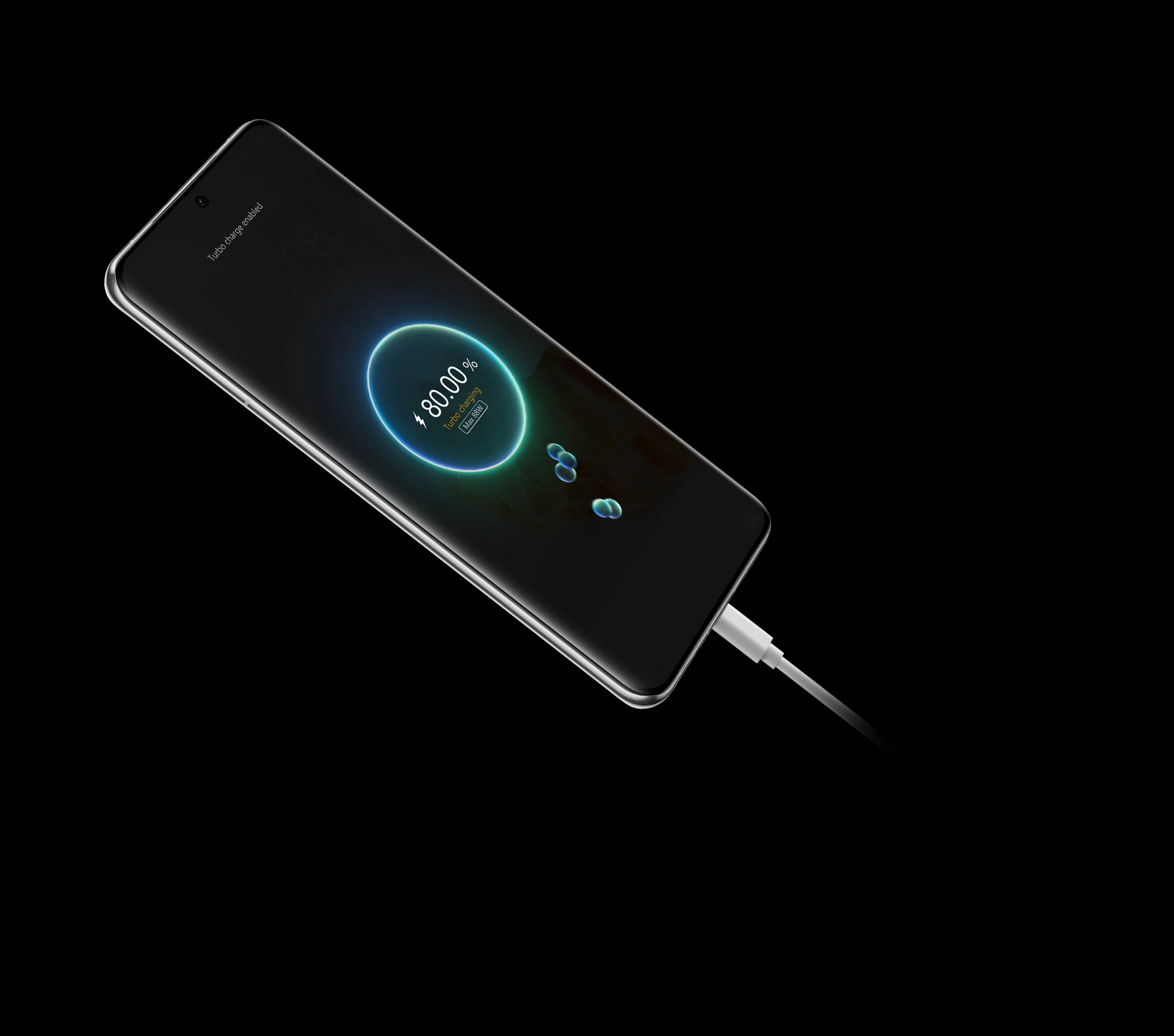Huawei Phone Teardown Reveals China Chip Advances

TechInsights teardown of new Huawei Mate 60 Pro smartphone reveals China’s advances in chip manufacturing, despite US sanctions
Efforts by the United States to limit the supply of cutting edge chips to China has potentially not been as effective as first hoped, after a teardown of a new Chinese smartphone handset.
Since 2019 Huawei Technologies has been the subject of rounds of US export controls, that have expanded notably to slow the expansion of China’s entire semiconductor industry.
The controls cut off Huawei’s supply of chips from US companies, as well as its access to US tools to design its own chips and have them manufactured by partners. The US administration also last year banned the sale of new Huawei equipment in the US.

Image Credit Huawei
US sanctions
There is no doubt that the US restrictions hurt Huawei badly in 2020 and 2021, and the move notably forced Huawei to sell off its Honor smartphone division, while its flagship smartphone business shrank dramatically.
But the Chinese firm has worked behind the scenes to recover its position in the smartphone sector and it has now returned to the top-five list of smartphone makers in China, according to IDC, after the Chinese firm was able to stabilise its supply chain and resume more frequent product launches.
This was evidenced in March this year, when founder Ren Zhengfei said that Huawei has replaced more than 13,000 components in its products with local Chinese-made parts, and had redesigned more than 4,000 circuit boards over the past three years in response to US sanctions.

Then in August Huawei integrated its generative ai tool Pangu into HarmonyOS 4 as it saw smartphone market share jump in China.
Huawei also launched HarmonyOS 4 – a mobile operating system created in response to US sanctions that cut off its access to Android.
Huawei Mate 60 Pro teardown
And now analyst house TechInsights has produced a teardown report of the new Huawei’s Mate 60 Pro smartphone, which revealed that Huawei and China’s top chipmaker SMIC have built an advanced 7-nanometre processor to power its latest smartphone.
Huawei’s Mate 60 Pro is powered by a new Kirin 9000s chip that was made in China by SMIC, TechInsights said in the report.
Huawei had begun selling its Mate 60 Pro phone last week, but it had offered no information on the chipset inside the handset.
The processor is the first to utilise SMIC’s most advanced 7nm technology and suggests the Chinese government is making advances in building a domestic chip ecosystem.
“Discovering a Kirin chip using SMIC’s 7nm (N+2) foundry process in the new Huawei Mate 60 Pro smartphone demonstrates the technical progress China’s semiconductor industry has been able to make without EUV lithography tools,” wrote Dan Hutcheson, Vice Chair of TechInsights.
“The difficulty of this achievement also shows the resilience of the country’s chip technological ability,” Hutcheson added.
“At the same time, it is a great geopolitical challenge to the countries who have sought to restrict its access to critical manufacturing technologies. The result may likely be even greater restrictions than what exist today.”
Tighter sanctions?
Users in China have reportedly shared speed tests on social media that suggest the Mate 60 Pro is capable of download speeds exceeding those of flagship 5G phones.

Image Credit Huawei
Some have noted that the teardown of the new Huawei smartphone coincided with a visit by US Commerce Secretary Gina Raimondo, whose emails were allegedly compromised by Chinese hackers in the summer.
Meanwhile the US administration is reportedly considering tougher sanctions that would make it even more difficult for Chinese firms such as Huawei to gain access to the latest processors or chip-making technologies.